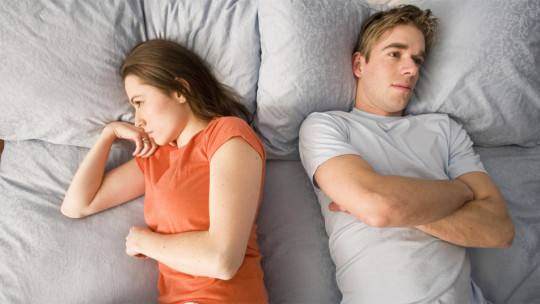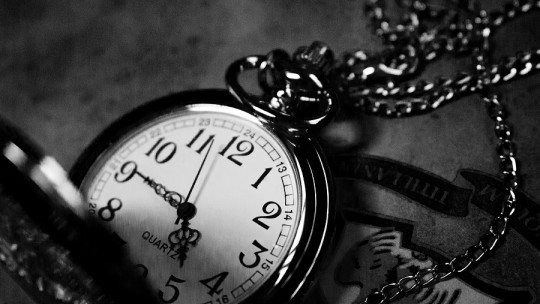
Phobias are one of the most frequent reasons why patients visit a psychologist.
There are different types of phobias, and within specific phobic disorders we can find hydrophobia (fear of water), aerophobia (fear of flying) or arachnophobia (fear of spiders), among others. One of the specific phobias that is not so common but is very curious is phallophobia the irrational fear of penises.
In this article we will talk about this phobia and delve into its symptoms, causes and treatment.
What is phallophobia
Phallophobia is usually included in the different sexual phobias or erotophobias, among which coitophobia (fear of sexual relations), gymnophobia (fear of nudity) or hafephobia (fear of contact or being touched), among others, also stand out. It is usually considered a sexual phobia because many people who suffer from it, especially women, avoid sexual contact so as not to have to face the phobic stimulus. Now, both men and women can suffer from this type of phobia.
The irrational fear is of both flaccid and erect penises (medortophobia). The penis, whether erect or not, is something natural and most people understand it that way. However, there are men and women who fear seeing, thinking about, or having an erect penis. For many phobic personalities, andThis can cause a lot of anxiety and discomfort, causing them to avoid these uncomfortable situations.
Causes: traumatic situations
It is generally accepted that phobias arise from a combination of external events (i.e. traumatic events) and internal predispositions (i.e. heredity or genetics), although the first option carries much more weight. That is, many phobias have their origin in a triggering event from the past, usually a traumatic experience that occurs at a young age. For example, photophobia can have its origin in a bad sexual relationship in the past, which has caused great pain to the person who suffers from it.
Phobia learning occurs through classical conditioning, a type of associative learning.
The biological origin of phobias
Although this is usually true in almost all cases of specific phobia, social phobias and agoraphobia can have more complex causes.
As for the biological causes, It seems that the body is designed to fear certain stimuli as a way of survival. Something that may have been very useful in the past, but not so much today. Therefore, phobias would occur due to primitive and non-cognitive associations, and logical arguments would be ineffective in modifying these associations.
Symptoms
The symptoms of phobias are common in all types of phobia, since these pathologies belong to the group of anxiety disorders. That is why the main symptom is anxiety and discomfort, and the main characteristic that patients with phobia present is the avoidance of the feared stimulus.
The phobic stimulus produces great fear and anxiety, and that is why the person tries to stay away from any situation in which they might feel this way. If sexual relations include the possibility of seeing the phobic stimulus, patients with phallophobia avoid having sexual relations and, therefore, have serious difficulties in their love lives.
In summary, phallophobia presents the following symptoms:
Treatment
Like any phobia, psychological treatment can be very effective. Psychotherapy, therefore, is the best option, although in extreme cases drugs can also be applied.
Psychologists usually use different techniques to treat this disorder, and cognitive behavioral therapy usually works very well, which aims to correct those beliefs or behaviors that interfere with the patient’s well-being. The most used techniques are usually relaxation techniques and exposure techniques. As for the latter, highlights systematic desensitization, which consists of gradually exposing the patient to feared situations while learning adaptive tools. Additionally, the therapist can help the patient understand the natural function of the human body and why erections occur, what they mean and what they do not mean.
In recent times, contextual therapies such as Mindfulness or Acceptance and Commitment Therapy are proving to be very effective for the treatment of any type of anxiety disorder, as they help the patient accept the anxious experience and, in this way, reduce it. the intensity of the symptoms. Hypnotherapy can also work very well for some patients.
In severe cases, drugs prescribed by a psychiatrist can also be administered, but this therapeutic option must always be accompanied by psychotherapy, since studies show that it is not effective in the long term if it is carried out as the only form of treatment.
New technologies and the treatment of phobias
In recent decades, new technologies have burst into our lives in different ways. Now it is possible to buy furniture online, read the daily newspaper from the computer, study a master’s degree without the need to go to university or undergo online psychological therapy.
Besides, It is possible to treat phobias from your mobile phone since in recent years applications have appeared that use virtual reality and augmented reality to expose the patient to phobic stimuli.








